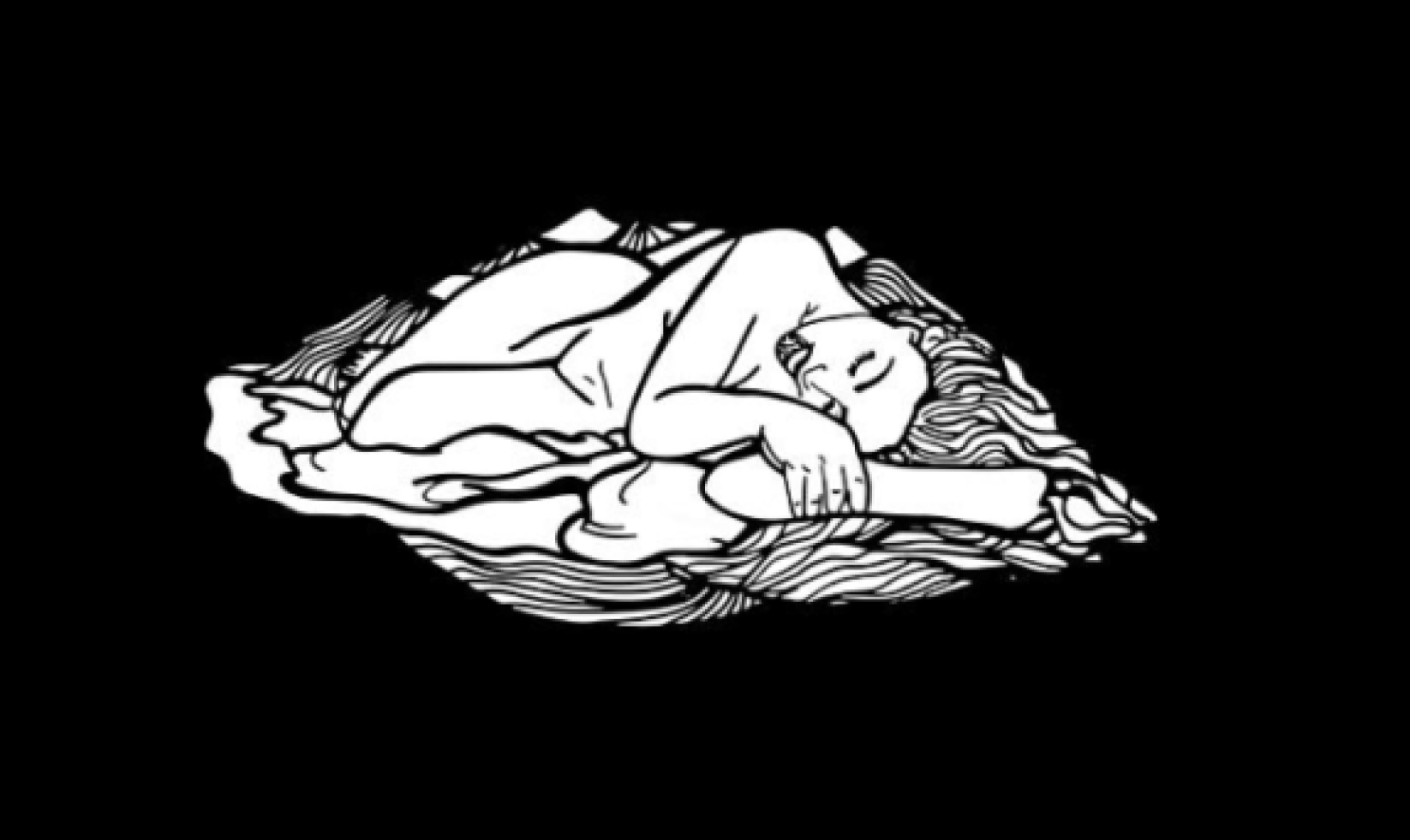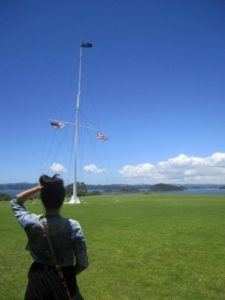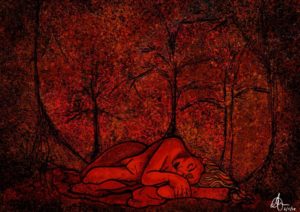
Written by Raukura Hoerara-Smith – Kaiwhakahau Māori Museums Wellington
Kohikohi ngā kākano, whakaritea te pāharakeke, kia puāwai ngā hua.
Gather the seeds, prepare the seedbed carefully, and you will be gifted with abundance.
The unforgettable moments of my childhood will always be treasured. I remember being in the garden with my grumpy Koro (grandfather) and running around the paddocks wearing the classic attire of dirty oversized gumboots. My recollection of picking watercress out of the stream at the back of our family homestead or the memories of riding at the back of Gramps pick-up truck down to Hokio beach will always be a valued memory.
I distinctively remember how much fun I had as a child growing up around my whānau, especially at my Nan and Koro’s house. These were the days when technology wasn’t so important, it was choosing to be outside playing and enjoying the company of family.
Connecting to our land and our whānau is my primary source of nutrients. The seed that was planted generations before has affected and benefitted the soil that we grow in today. Why is this so important? Why should the land be so important to us?

Photo of me at Ruakaka
Climate change brings with it the significance of a call to action. The relationship with our environment is governed by our own system of beliefs that determine how we interact with the world. We have seen the start of eliminating plastic and the use of reusable cups, but is this enough? What about curing kauri dieback? Myrtle rust together with kauri dieback is one of the many significant threats to biodiversity. Or the beaching of whales? Aotearoa is considered the whale stranding capital of the world, with more than 5,000 incidents recorded since 1840. Are these whales trying to escape an increasingly polluted and unpredictable ocean? The land and sea are trying to tell us something – we need more support!

Photo of me at Waitangi
Now, in terms of indigenous knowledge, Papatūānuku (Mother Earth) is the giver of life, the mother of all beings. Throughout time she has fallen ill, as a result of greed, pesticides, erosion and pollution. A big chunk of her mauri (life-force) has been stripped away and her life-giving properties are gradually fading away – no wonder the vegan and veggie movements are increasing globally.
For most of us, as individuals growing within our local and global communities, what are we doing to ensure that we are in a nurturing environment? Not just our physical but also our mental environment, our perspectives and ‘truths’ about ourselves and the world in which we live in. In recent times, we have seen the impact of climate change as an evolving issue. The world is chaotic, and normality means different things to different people.
Personally, we could start by healing – to heal is to learn, grow, improve, develop and let’s not forget, to recover. The natural state of ‘being’ is woven into the fabric of who we are, and it is our responsibility by whakapapa (genealogy) to commit to self-improvement and self-mastery which in turn will contribute to the progression of our collective communities.
The balance between selfishness and selflessness is a tricky one to grip. There’s no one-size-fits-all approach to this as we all have different abilities, come from different upbringings, but it would be a disservice to all who have come before us to settle for less than we know we are capable of. Since we’re a product of and we all whakapapa (descend) from our environment – if Papatūānuku is sick, we need to focus on healing and bringing her back to health to give ourselves and our families the best shot too.
So let’s continue these discussions so that future generations can experience our land and our oceans the way that we have.

Tiaki taiao (red) by Ani-Oriwia Adds
Banner credit: Tiaki taiao by Ani-Oriwia Adds